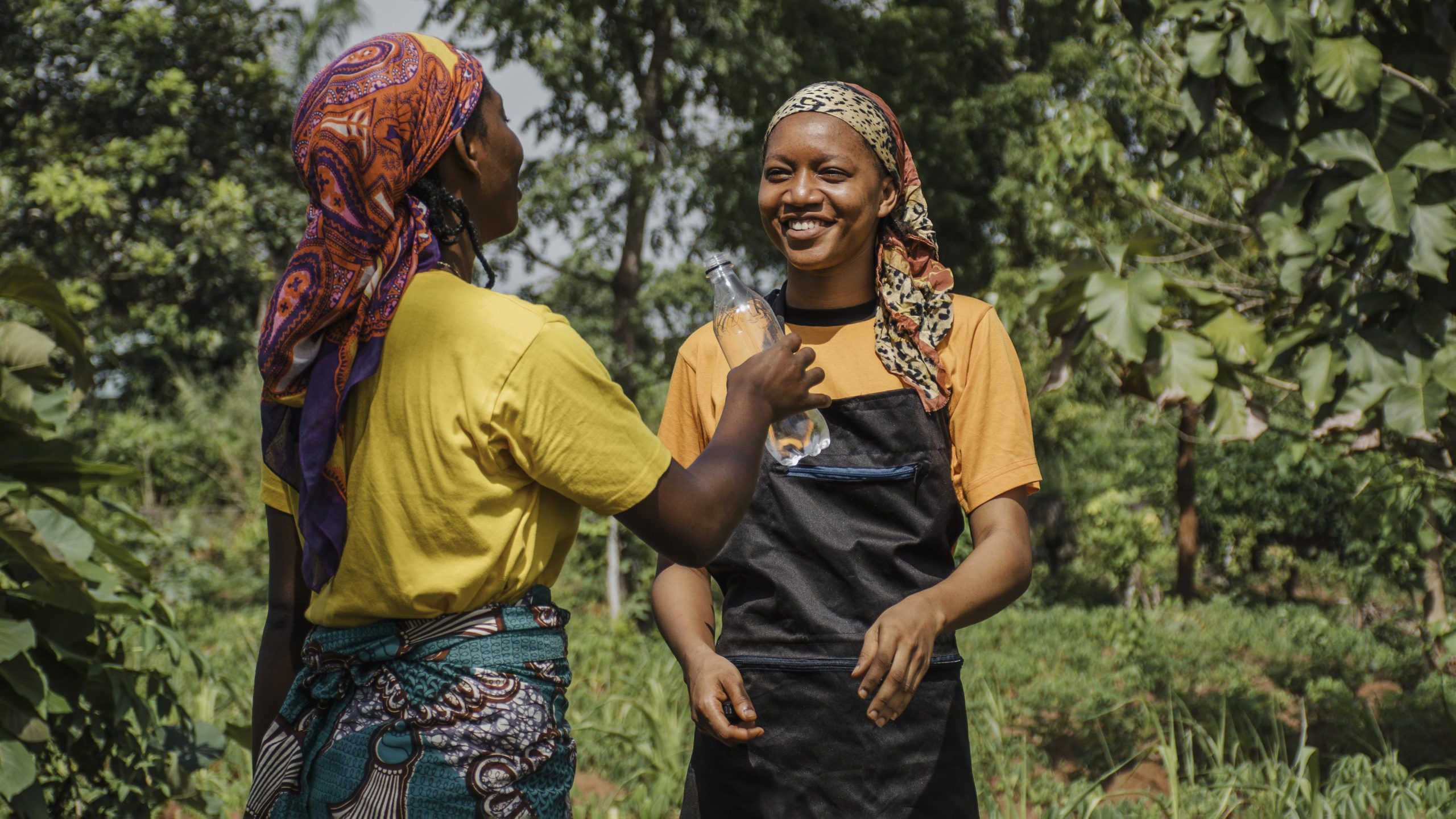
We have set out on discovering Africa’s liquid gold – Shea-Butter in its raw and natural essence. Shea-Butter is a natural fat extracted from the nuts of the Shea tree, which is native to several countries in West Africa. It is rich in vitamins and fatty acids that nourish and moisturize the skin, making it a popular ingredient in skincare products. Its natural and sustainable sourcing has also made it a valuable resource for empowering women and supporting local economies in West Africa.
Mali – the pearl of Africa
Nestled in the heart of West Africa lies Mali, a landlocked country known for its rich history, vibrant culture, and stunning natural landscapes. With a population of over 19 million people, Mali is a treasure trove of unique experiences and sights that are sure to delight any traveler.
Mali is also a country of natural wonders, with the vast Sahara Desert covering about two-thirds of the country. The Niger River, the third-longest river in Africa, winds its way through the country, providing an important source of water for agriculture and fishing.
The people of Mali are warm and welcoming, with a rich tradition of hospitality that has been passed down through generations.
Shea nuts are the fruits of the shea tree, a beautiful and resilient tree that is native to West Africa and the so called Shea-belt. The shea tree – also known as Karité tree, is a medium-sized tree that can grow up to 50 feet tall and has a beautiful, spreading canopy of green leaves. It is a hardy tree that thrives in the hot, dry savannah regions of West Africa, where it plays a vital role in the ecosystem. So discovering Africa’s liquid gold – Shea-Butter – is part of the natural heritage of this beautiful country.
From Tree to Jar – Africa’s liquid gold
The shea tree begins to bear fruit when it is about 10 years old, and it can continue to produce nuts for up to 200 years! The shea nuts grow in large, green fruit pods that resemble avocados. When the pods ripen, they turn yellowish-green and fall from the tree, where they are harvested by local farmers.
Inside the fruit pods, the shea nuts are surrounded by a fleshy, oily pulp that is rich in nutrients. The pulp is removed, and the nuts are then sun-dried and stored until they are ready to be processed into Shea-Butter.
Harvesting shea nuts is a labor-intensive process that involves several steps. From collecting the ripe fruit pods to removing the pulp and drying the nuts. However, the hard work is worth it, as the nuts are a natural resource that has been used for centuries in West Africa for its numerous health and beauty benefits.
In addition to their beauty and resilience, shea trees also play an important role in the ecosystem by providing shade and shelter for wildlife, preventing soil erosion, and contributing to the local economy by providing sustainable livelihoods for farmers and communities.
Directly from our female partners
In Mali and other West African countries, shea nuts are typically picked by local women who have been trained in the art of harvesting. Shea nut harvesting is a labor-intensive process that requires careful attention to detail and patience, as the nuts must be picked at the right time and handled with care to ensure the highest quality end product. By empowering women to participate in the shea nut industry, local communities can benefit from a sustainable source of income and economic development.
Local women farmers collect the ripe fruit pods, carefully removing the fleshy, oily pulp that surrounds the shea nuts. The nuts are then sun-dried, resulting in the smooth texture that we all love in Shea-Butter.
The shea tree and its precious nuts are not only a source of nourishing and moisturizing benefits for the skin, but they are also a symbol of the resilience, beauty, and cultural heritage of West Africa. By supporting sustainable and ethical sourcing practices, we can help preserve this natural treasure and support the local communities that have been relying on it for generations.
Check out our website and join our Instagram-Community!
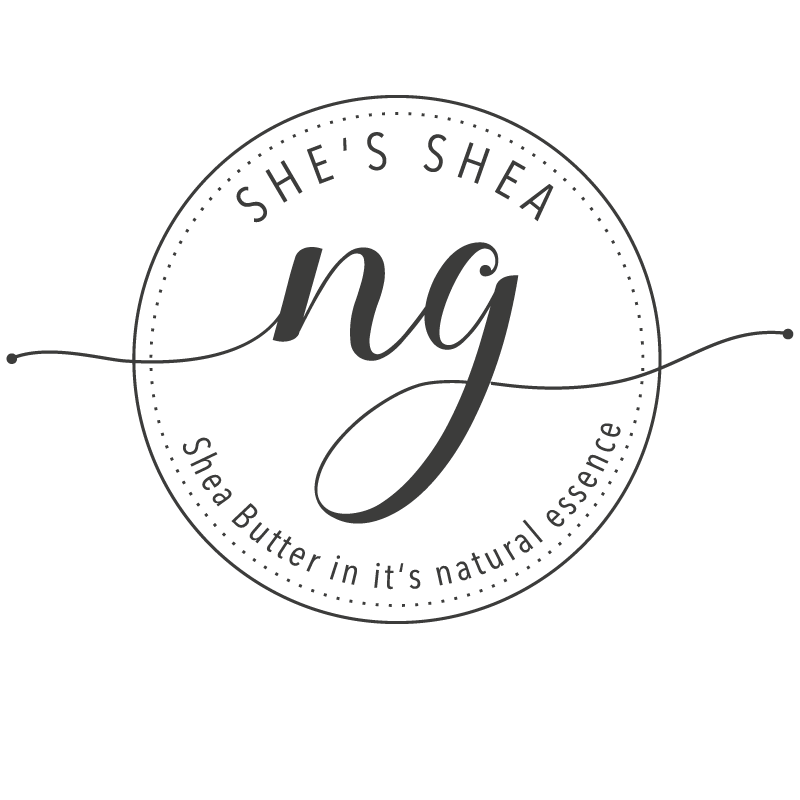


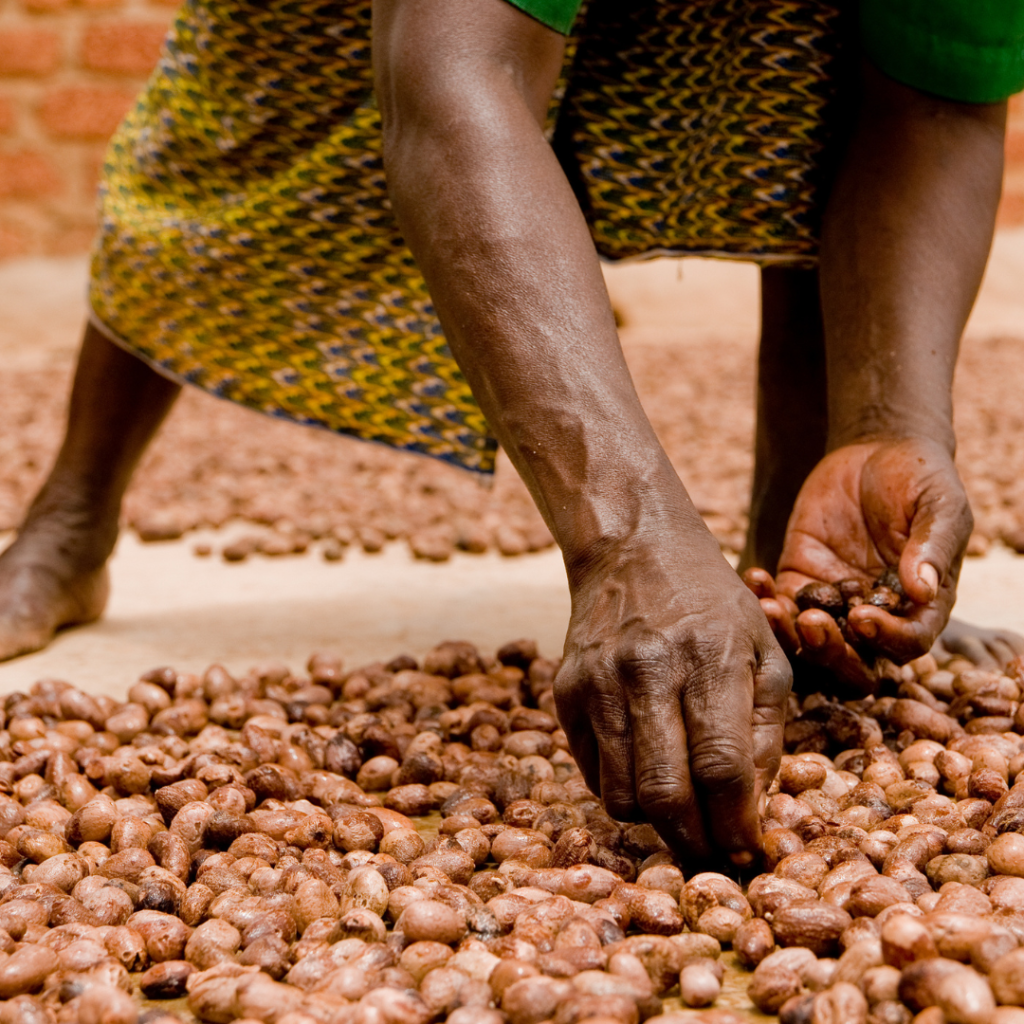
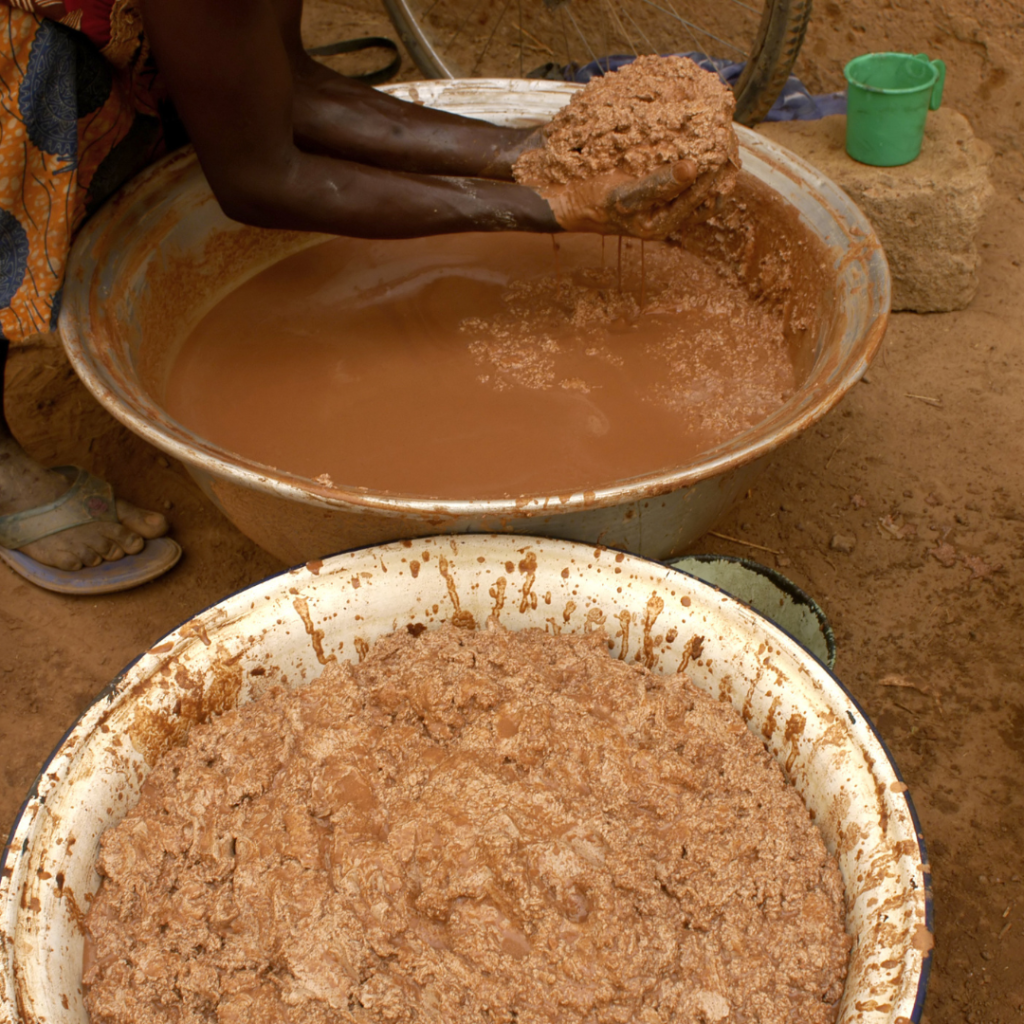
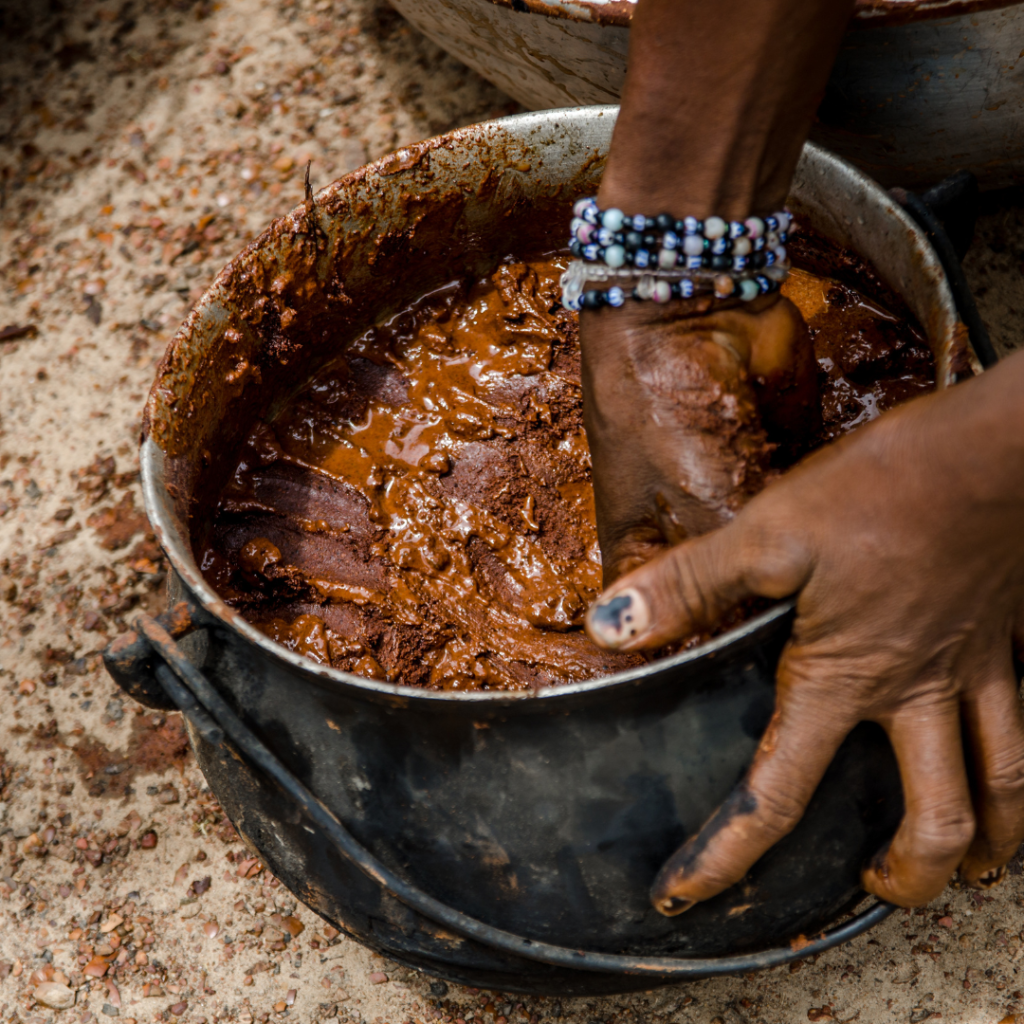




Bertram Nelson
Hi, I do think this is a great site. I stumbledupon it 😉 I am going to revisit once again since i have book marked it.